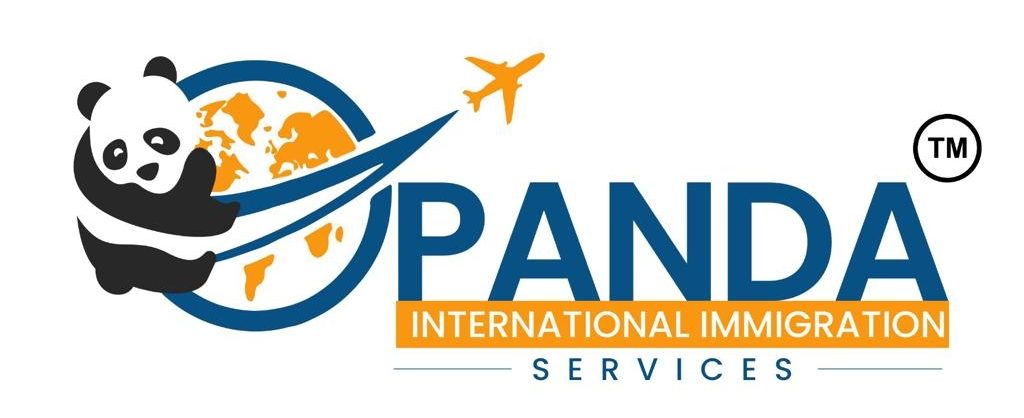The third day of senate hearings on the ESOS Bill on September 6 saw more heated exchanges between higher education stakeholders and the Australian department of education as the government shared its proposed international enrolment caps for public universities.
Amid much criticism of the government formula for calculating the caps, witnesses in the Senate said the caps appeared “somewhat random” and created “perverse outcomes”, with caps varying to a large degree across Australia’s public universities.
Federation University Australia, found in Victoria, has one of the highest proportions of onshore international enrolments at 35% in 2023, and has been hit the hardest by the proposed allocations for next year.
According to government data shared during the hearing, Federation will be allocated 1,100 international enrolments, representing a 52% decline from 2023 levels and 72% lower than pre-pandemic international student numbers.
Murdoch University in Perth, Western Australia, will bear a large brunt of the caps, with its proposed 2025 levels 34% lower than 2023 international student numbers.
“Winning has never felt so much like losing,” said Regional Universities Network CEO Alec Webb, responding to a declaration from education minister Jason Clare that regional universities would be “winners”.
Webb cited Charles Sturt University, whose allocated cap of 1,000 international students in 2025 represents one third of its 2019 international numbers.
Winning has never felt so much like losing
Alec Webb, Regional Universities Network
Among the other public universities, Australia National University, University of New South Wales and Victoria University, are all looking at cuts of between 11-14% on 2023 figures.
The proposed caps for individual institutions released by the government show wide variations across the sector, with some universities expected to see their international enrolments grow due to the allocations.
For instance, the University of Notre Dame Australia, which in 2019 had an international student population of just under 300, but will be allocated a cap of 700 students – equating to a 140% rise on 2023 levels.
Southern Cross University and the University of Tasmania will also be allowed to let in 38% and 26% more international students respectively.
Private universities, which have been allocated 30,000 new international student placements next year as compared to 145,000 for the public sector, continued to impress upon the government the adverse impact of the caps, leading to “job losses of hardworking Australians in the thousands,” ITECA deputy chief executive Felix Pirie told the hearings.
Except for a few providers, the private sector will see a 32% hit on 2023 figures, said Independent Higher Education Australia CEO Peter Hendy, branding the measures, “a dog’s breakfast of a proposal”.
“The absence of an assessment of the likely impact across the different areas of the sector it will affect and the as-yet-unknown implementation arrangements all merit significant further interrogation”, added Pirie, criticising the Bill for being “poorly drafted” and including “technical flaws”.
For their part, VET providers face a cap of 95,000 new international student commencements. For such providers, the government said those with a “higher ratio of international students will receive a lower allocation, encouraging them to diversify their student base”.
Australian Home Affairs has said that if the legislation passes, it believes system changes would be ready for January 1, but industry leaders have raised concerns about the timeline of events.
“Independent skills training providers have still yet to receive data concerning their allocation of international student places for 2025, something that was not possible until the release of data from the National Centre for Vocational Education and Training (NCVER) yesterday, September 5 2025,” ITECA Chief executive Troy Williams told The PIE News.
“The Australian government couldn’t have undertaken a robust assessment of the impact of its proposed changes, given that the allocation on providers in the skills training sector hasn’t yet been undertaken (with consideration of the type of courses, duration, et cetera),” Williams added.
The chaotic timeline of the hearings has also come under attack, with September 6 being the date when the Committee was initially supposed to report on the hearings rather than scheduling another hearing date.
While the Bill is expected to pass the senate, the committee has requested another extension to the reporting deadline to September 16, which, considering the small number of Senate sitting days left this month, will create a very tight timeline for review of the Bill.
Check back on The PIE News for more on this developing story next week.
The post ESOS hearings day 3: public university caps announced appeared first on The PIE News.

